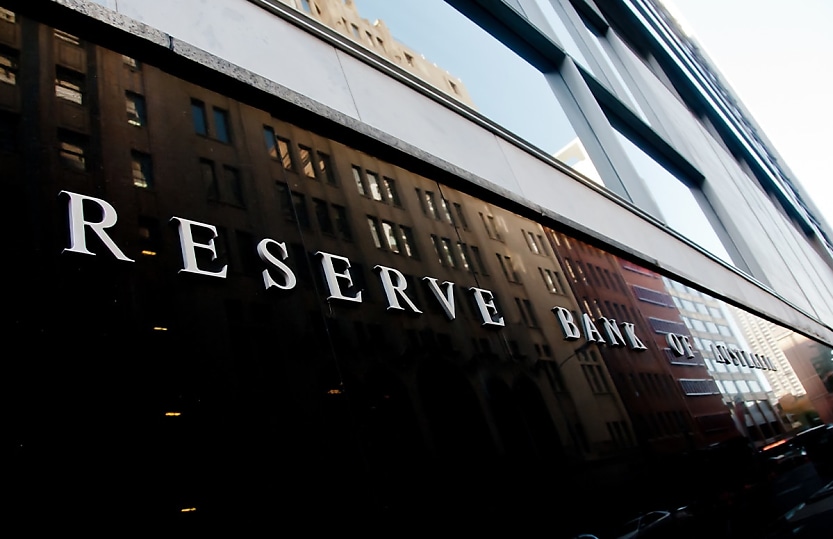To cut or not to cut: RBA’s Tuesday decision

While banks and markets are almost certain that the Reserve Bank will cut interest rates tomorrow, global economic factors could complicate its choice.
Last quarter’s CPI figures were lower than expected, opening the door for the Reserve Bank of Australia (RBA) to cut interest rates from 4.35 per cent to 4.1 per cent at its 18 February meeting.
Underlying annual inflation was 3.2 per cent in the December 2024 quarter, hovering just outside the RBA’s 2–3 per cent target range. Inflation cooled faster than the RBA expected, prompting some banks to revise their predictions for a February rate cut.
According to Canstar, all four big banks – NAB, Westpac, ANZ and Commonwealth Bank – predicted that the RBA would cut rates in its February meeting. Markets are almost certain that the RBA will cut rates, pricing in a 90 per cent chance of a rate cut as of Friday.
Polling by Reuters also found that 40 out of 43 surveyed economists expect the RBA to cut interest rates following its February meeting.
“We are quite confident the RBA will start the process of removing some restrictiveness at the February Board meeting. And we don’t buy into the narrative that it’s more like a 50-50 proposition, as some commentators have suggested,” Commonwealth Bank’s head of Australian economics, Gareth Aird, said last week.
“We have brought forward our expected first rate cut to February, though maintain that this will be a gradual easing cycle,” NAB wrote in a January release.
“We continue to see value in waiting for more clarity on the outlook but given the RBA’s December communication and the softer outlook on key inflation components it is unlikely to be compelling enough to shock market pricing for a cut.”
However, some economists believe the RBA may take a more cautious approach and leave interest rates as they are, in the context of rising global trade uncertainty.
"A rate cut is still on the table for the February RBA policy meeting, with the likelihood evenly split but skewing slightly towards a hold in our opinion," RSM Australia economist Devika Shivadekar said regarding recent CPI data.
"The RBA would probably yet again err on the side of caution and insist on ensuring a 'sustainable' decline in trimmed mean inflation, preferring to wait for that one additional data point for confirmation. However, the broader disinflationary trend is unmistakable."
Meanwhile, inflation in the US was higher than expected in January. The Fed began a rate-cutting cycle in September 2024 after a steep cooling trend of inflation. However, CPI began to rise again from September and remains stubbornly elevated above the Fed’s 2 per cent inflation target, at 3 per cent annually.
The RBA may consider the US situation to inform its own interest rate decisions.
Tariffs recently announced by the US administration will also likely stoke inflation globally as supply chains digest the increased costs of traversing borders, which could affect CPI readings in Australia and affect the trajectory of a rate-cutting cycle.
“Looming global uncertainties could thwart optimistic domestic trends. Australia's dependence on resource exports and crucial trade relationships, especially with China, heightens the stakes,” BDO economics partner Anders Magnusson said.
“The new Trump administration's tariff policies could lead to increased import costs and supply chain disruptions, and there are fears these factors could offset positive developments in Australia’s economy.
“The RBA might consider these uncertainties in its latest forecasts and take a more cautious approach. While there are positive indicators domestically, the broader international landscape presents significant inflationary risks to monetary policy.”






